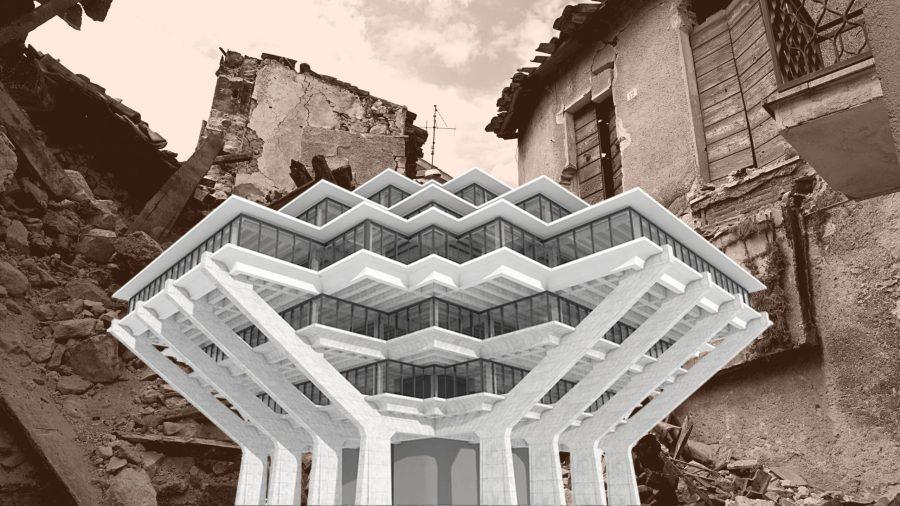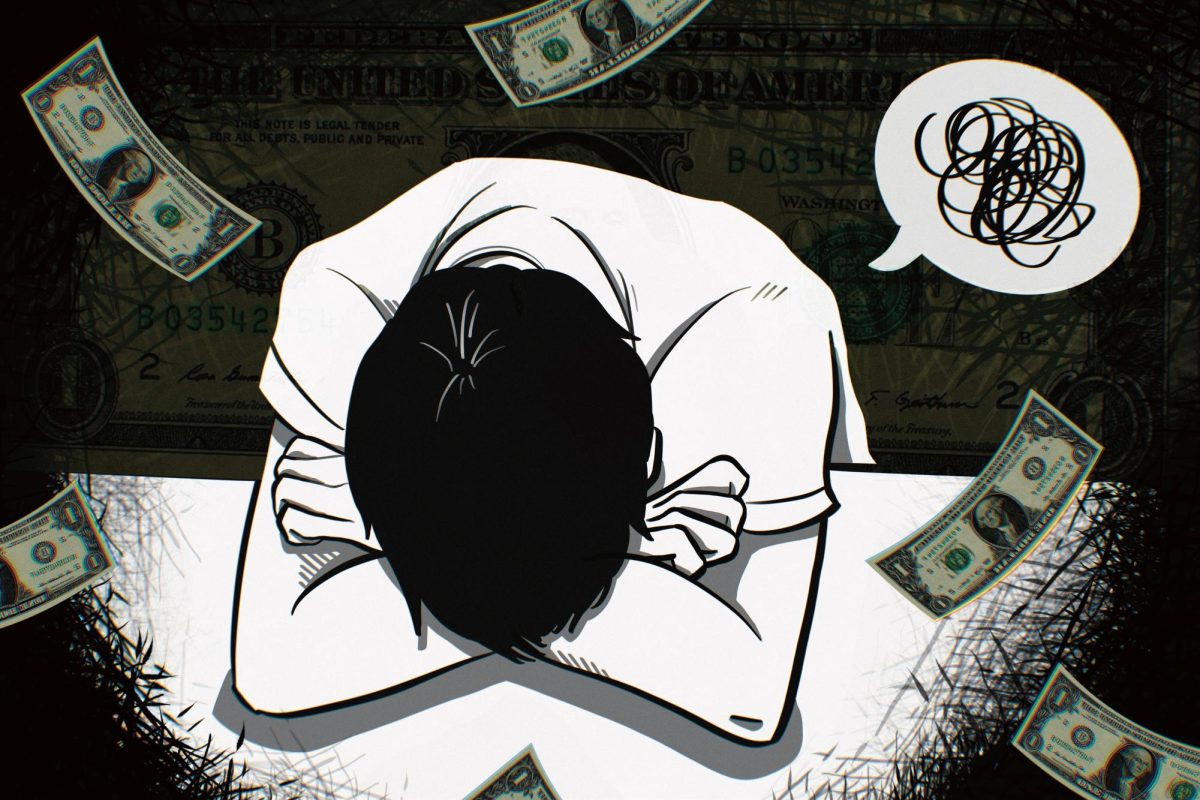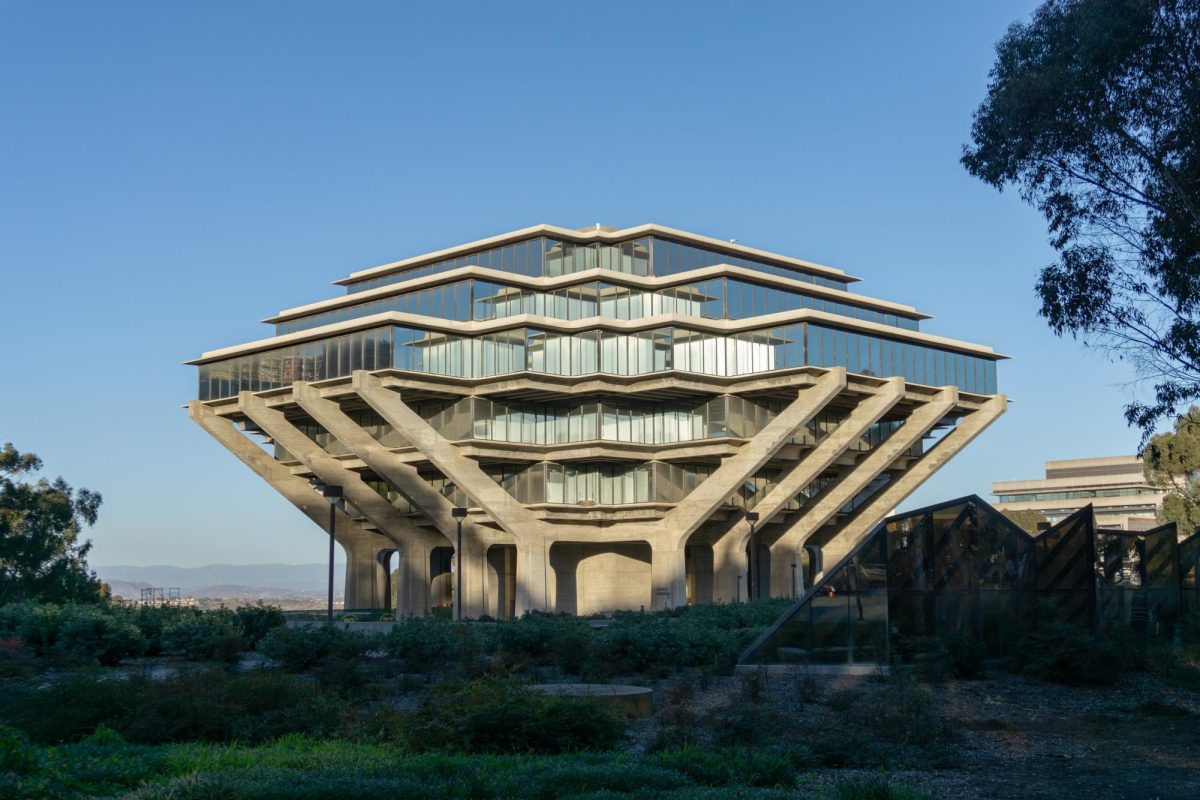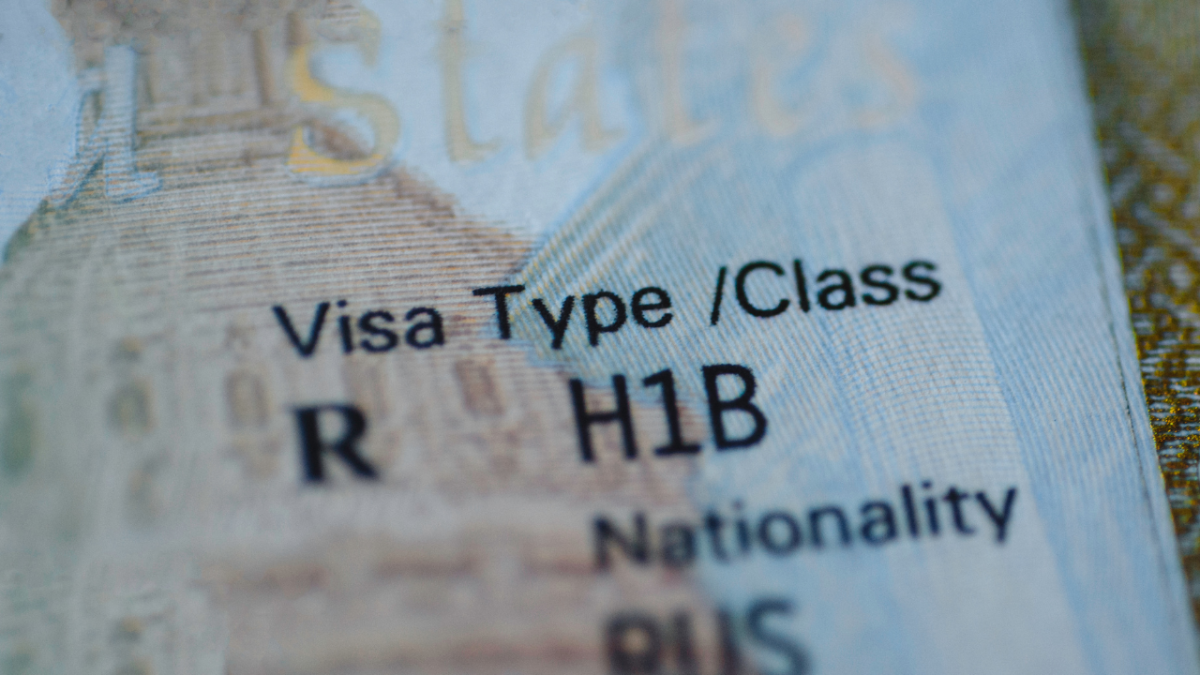On Oct. 16, NBC 7 San Diego released a story saying that half of the buildings at UC San Diego would likely cause serious harm, even death, should a substantial earthquake strike San Diego. Like many of the students, faculty members, employees, and visitors who read this article, I was stunned. Then, I was angry. But the more I thought, the more I realized maybe UCSD had actually done the responsible thing. After all, even the best decisions can look bad in hindsight.
So yes, we should be concerned that a hefty number of our buildings may collapse on us given a large enough earthquake. And yes, UCSD should take the steps it has stated it will take to ensure these buildings will better withstand earthquakes. However, UCSD administration, builders, and housing should not be looked at as careless or reckless for not already having these buildings in tip-top earthquake shape.
First, failure to replace these buildings was not a careless or reckless decision by the University of California or UCSD considering the measurements used to examine the buildings. As seen in the NBC 7 article, the buildings at UCSD were all rated between III and VI in safety. A level III, according to the contractors test, is deemed “good” while a level VI building is rated “very poorly” with the potential to cause “severe risk to life”. Reading this is enough to make any reasonable person want to run far from the La Jolla Hills. However, according to the assessment tests that University of California’s independent contractors tests used to produce these results, these ratings reflect how UCSD buildings would hold up during a major seismic event. The California Department of Conservation holds that a 7.0–7.9 magnitude earthquake is a “major” earthquake. And a major earthquake is by no means the norm; worldwide only about 18 major earthquakes s occur annually. But isn’t UCSD still in the wrong here because we could have a major earthquake?
Maybe, but major earthquakes and dangerous aftershocks are rare in San Diego. San Diego is not home to the infamous earthquake-brewing San Andreas Fault Line. This makes it unlikely that UCSD will experience an earthquake of the magnitude necessary to cause buildings to level should the San Andreas Fault soon produce “the big one” (a 7.0+ magnitude quake).
In this regard, history may serve as a guide. The last time there was a major earthquake caused by the Southern California side of the San Andreas Fault, a 7.9 magnitude quake, the aftershocks of the quake were felt in San Diego. However, according to seismic historians, this aftershock was likely only a magnitude 5 earthquake. Thus, if a similar situation happened today we would feel the aftershock, but damage to large items and buildings would be very irregular. So, as administrators presumably understood when they decided not to retrofit old buildings and immediately tear down older buildings, the danger the San Andreas fault poses to our campus is minimal.
The Rose Canyon Fault, San Diego County’s own fault line, could also potentially birth a quake large enough to cause potential damage, but that is also rather improbable. According to research published in 2017, the Rose Canyon Fault could produce a powerful earthquake “every few hundred years”. However, long term studies that likely informed the UC system’s decisions, do not expect the Rose Canyon Fault to produce a serious quake in the next thirty years.
These facts convey that with the information available at the time, it was safe for UCSD to keep its buildings as is and assume that a dangerous earthquake was not going to cause damage anytime soon. Notably, UCSD could not have reasonably foreseen the string of earthquakes that have recently bubbled up in California. Thus, to have acted against the information available to them would have been improper. It would mean that UCSD would be pouring student funds and other needed capital into tearing down, building, or continually retrofitting facilities to keep them in prime shape for a monster that may never come and that would in all likelihood not threaten our campus.
Additionally, considering that these assessments began before earthquake activity in California ramped up again earlier this year, shame against UCSD and the UC system for its building’s lackluster earthquake safety ratings is unwarranted. In fact, UCSD seems to have acted offensively to protect the safety of its students, faculty, and campus visitors.
According to the sources above, the earthquake safety assessments of UCSD’s buildings began in 2017. This was nearly a year before a series of large earthquakes struck Ridgecrest, California and reverberated throughout the state, prompting renewed concern in California’s earthquake preparedness. It also came on the heels of the most recent long-term report, published in 2015, of California’s likelihood of having a large earthquake in the next 30 years. The report, which likely informed the UC system and UCSD’s actions, did not suggest that San Diego, or its local fault lines, were very likely to experience a large earthquake in the next 30 years. Thus, by enacting the assessment of its buildings, UCSD and the UC System appropriately acted to ensure safety even without evidence that UCSD was in harm’s way. For this reason and the reasons above, the criticism that UCSD has faced for its buildings’ ratings is undeserved.
UCSD makes its fair share of questionable decisions regarding student, faculty, and staff well-being. However, previous failure to modify our buildings in preparation for a large earthquake should not be deemed one of them given the knowledge available, . Vilification of UCSD for even reasonable decisions will not make this campus better. In fact, it merely detracts from the issues that truly warrant criticism
Photo courtesy of Geena L. Roberts.
3-D Geisel Library graphic courtesy of Graphisoft.




















